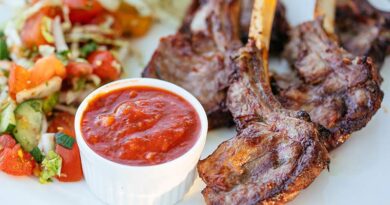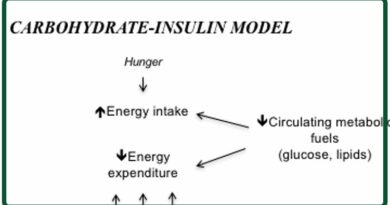Carbs; How low should you go?
Carbs, carbs, carbs eh?! We love them, we hate them. We would rather have them and rather not have them. This issue of Diet & Health today tries to pull together all we know about carbs and tries to answer the question – how low in carbohydrate should we go?
How low can we go?
The first thing that we should set on the record is that humans don’t need carbohydrate. If the question, therefore, is how low can we go? the answer is – as low as we like – even to no carbohydrate whatsoever. Ironically the only macronutrient we don’t need is the one we are now told to base our meals on!
The following facts support this position:
1) We know that our ancestors survived thousands of years with almost certainly no carbohydrate whatsoever. As John Gowlett reported in his excellent article “What actually was the Stone Age diet?”: “There can be little doubt that the ancestors of most Europeans had such a meat-based diet for approximately 30,000 years of ice age (40,000-10,000 before present), some 1200 generations. From 10,000 years ago, climatic improvement led to warm-period hunting and gathering, probably involving larger components of roots and berries. Then farming came in, so that cereals and milk have been major products for the last 5000 years, or 200 generations.” (Reference 1 at end)
2) In the 1920’s the anthropologist Vilhjalmur Stefansson lived with the Inuit for a decade and his study focused on the fact that the virtually zero-carbohydrate diet of the Inuit had no adverse effects on their health, nor indeed, on Stefansson's own health. There are still a number of tribes around the world unspoiled by modern lifestyles and living on the animals in their environment and little else. (Ref 2)
3) The nutritional debate, as to whether or not humans need carbohydrate, centres on vitamin C. All other vitamins and minerals are found in animal foods (and some, like vitamin B12, are found only in animal foods). At the risk of killing any debate with facts, the USDA database, to which I frequently refer for comprehensive nutritional information, lists many animal sources of vitamin C – and in good quantities (veal thymus, for example, has 49 milligrams per 100 grams; chicken liver 28 milligrams per 100 grams of product and mollusc clams 22 milligrams). There are also substantial quantities of vitamin C in nuts, especially chestnuts.



